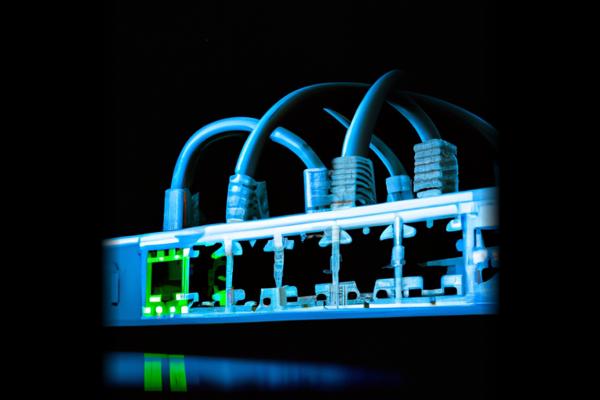HeadCrab 2.0 [2] [3] [4] [5] [6] [7] [8], an updated version of the HeadCrab malware [1] [2] [3] [4] [5] [6] [7] [8] [9], has been actively targeting Redis database servers worldwide since September 2021 [1]. This new version of the malware indicates that the financially motivated threat actor behind the campaign is actively adapting and refining their tactics and techniques to stay ahead of detection [1].
Description
The campaign has nearly doubled the number of infected Redis servers [1] [3] [6], now compromising a total of 1,100 servers. HeadCrab 2.0 infiltrates internet-exposed Redis servers to create a botnet for illegal cryptocurrency mining and allows the threat actor to execute shell commands [3] [4] [5] [6] [7] [8], load fileless kernel modules [6], and exfiltrate data [2] [3] [4] [5] [6] [7] [8]. The origin of the threat actors is unknown [6], but they claim that mining activity is legal in their country [2] [5] [6] [7]. The malware utilizes advanced evasion techniques [2] [3] [4] [5] [7] [8], including a fileless loading mechanism and the use of the Redis MGET command for command-and-control communication [2] [3] [4] [5] [6] [7] [8]. This new version poses detection challenges due to its ability to disguise malicious activities as legitimate commands [6]. The operator behind the malware aims to make $15,000 per year through mining activity [4] [8]. The evolution of HeadCrab underscores the need for continuous research and development in security tools and practices in the field of cybersecurity.
Conclusion
The HeadCrab 2.0 malware campaign has significant implications for cybersecurity. The increasing number of infected Redis servers highlights the need for improved detection and prevention measures. The use of advanced evasion techniques and the ability to disguise malicious activities pose challenges for security professionals. This case emphasizes the importance of continuous research and development in security tools and practices to stay ahead of evolving threats. It is crucial for organizations to invest in robust cybersecurity measures to protect their systems and data from such attacks.
References
[1] https://www.matricedigitale.it/tech/headcrab-2-0-diventa-fileless-mira-ai-server-redis-per-il-mining-di-criptovalute/
[2] https://ciso2ciso.com/headcrab-2-0-goes-fileless-targeting-redis-servers-for-crypto-mining-sourcethehackernews-com/
[3] https://datagene.ai/headcrab-2-0-goes-fileless-targeting-redis-servers-for-crypto-mining/
[4] https://thehackernews.com/2024/02/headcrab-20-goes-fileless-targeting.html
[5] https://www.redpacketsecurity.com/headcrab-2-0-goes-fileless-targeting-redis-servers-for-crypto-mining/
[6] https://www.techidee.nl/headcrab-2-0-gaat-bestandsloos-en-richt-zich-op-redis-servers-voor-cryptomining/5057/
[7] https://vulners.com/thn/THN:4B2248990E03C3CBE948F83D5CFE2AA0
[8] https://buaq.net/go-219797.html
[9] https://cyber.vumetric.com/security-news/2024/02/01/headcrab-2-0-goes-fileless-targeting-redis-servers-for-crypto-mining/





